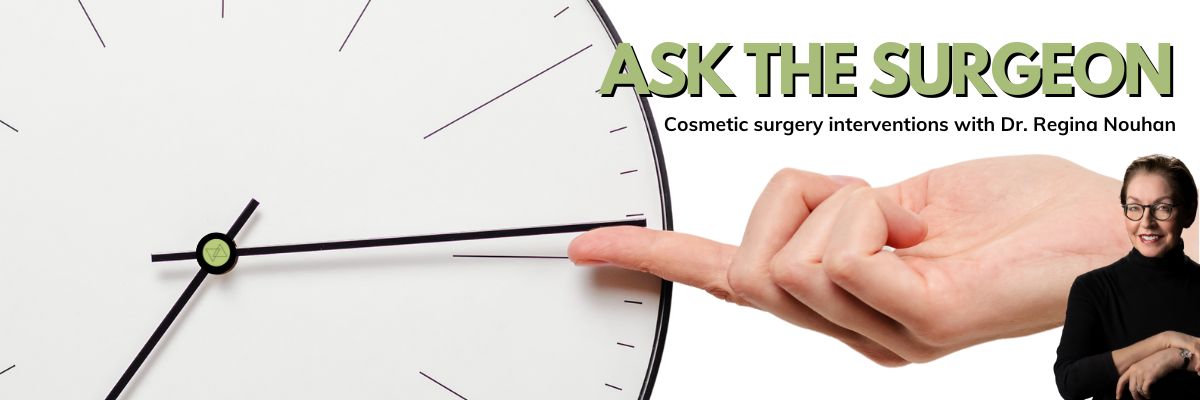The selection and method of peel are best determined by an experienced practitioner, taking into account the individual patient’s needs and desires.
But like anything, keeping the results requires maintenance. The frequency depends on how invasive or deep the remedy was.
For lighter treatments, the required maintenance or touch-ups will need to be more frequent. But sometimes that’s preferable for patients who don’t want to deal with a longer downtime from a more intense treatment.
Secondly, let’s talk about problems with skin elasticity.
Again, there is a spectrum of severity. On the lesser end, the loss of elasticity may just be manifested by a little bit deeper wrinkles but in a more advanced case, there may also be loose sagging skin.
Neither topical products nor superficial skin peel treatments are likely to do enough for these issues.
If the loss of elasticity is mild, external tightening treatments such as laser treatments or radiofrequency treatments can noticeably improve things, and sometimes reducing the muscle contracting underneath the problem area can reduce the appearance of lines and wrinkles.
Again, normally the muscle sits under the skin and when it contracts, the overlying skin has to bend in response. If a person is losing skin elasticity,
Repeatedly, contracting muscles will create an actual skin crease. And this is where Botox or similar neural modulators can come in handy. There are a few of them available these days.
